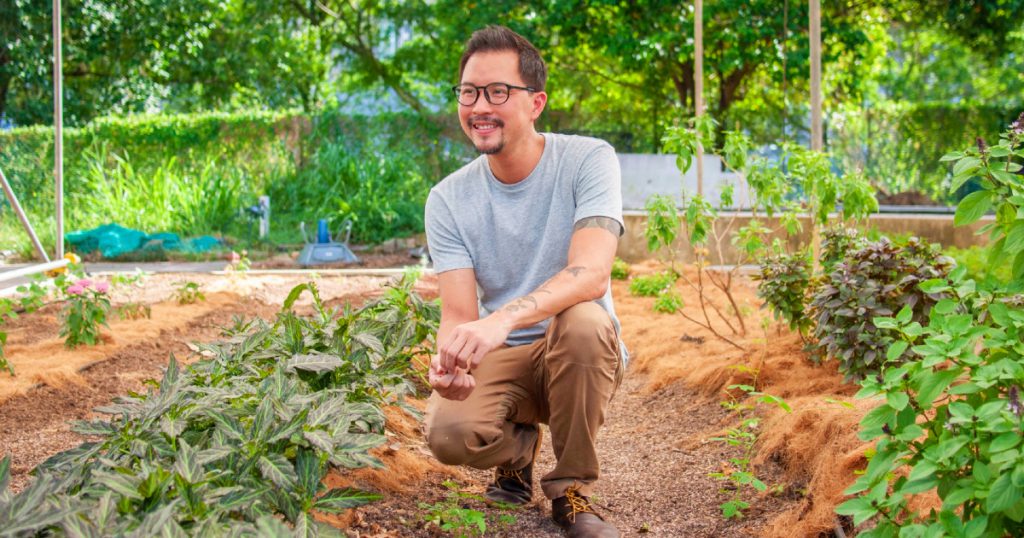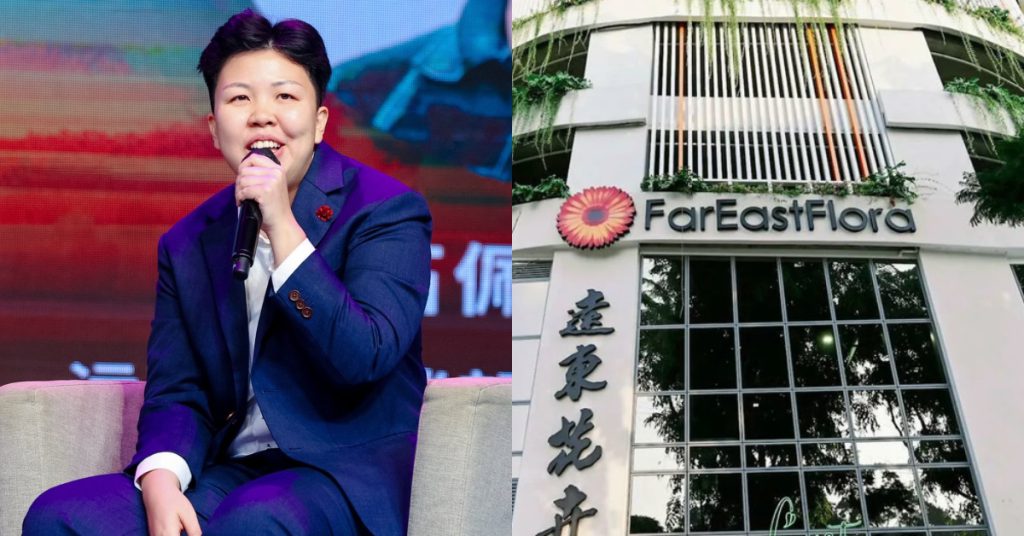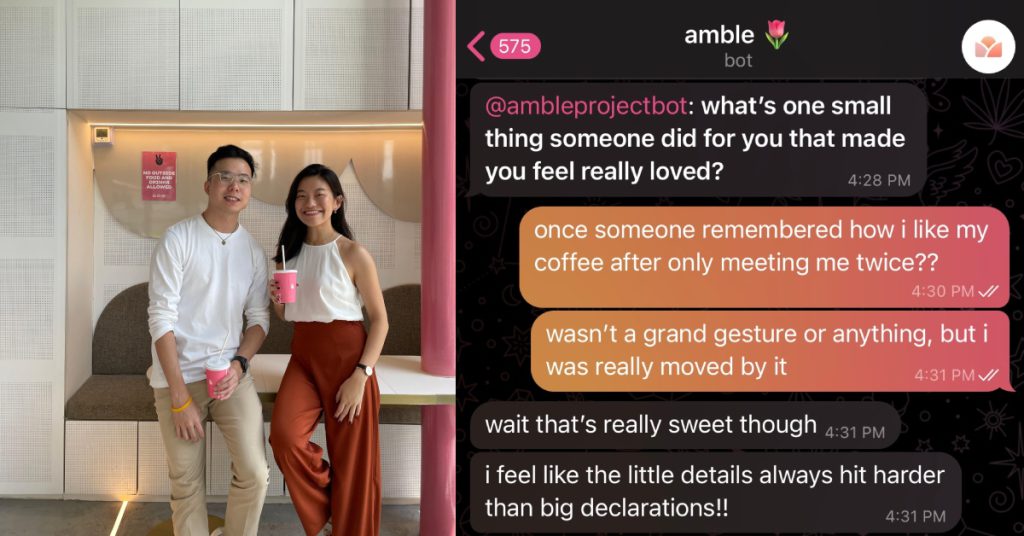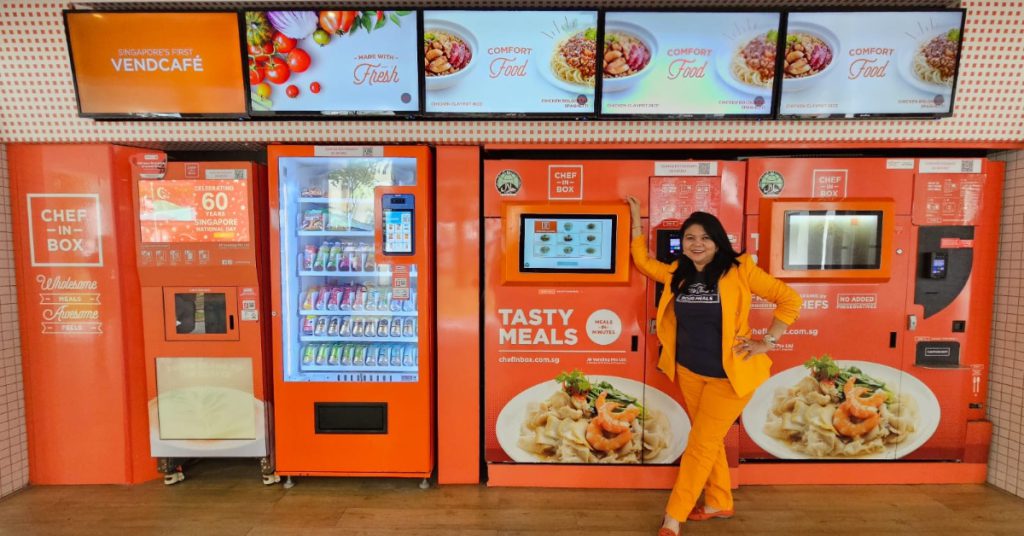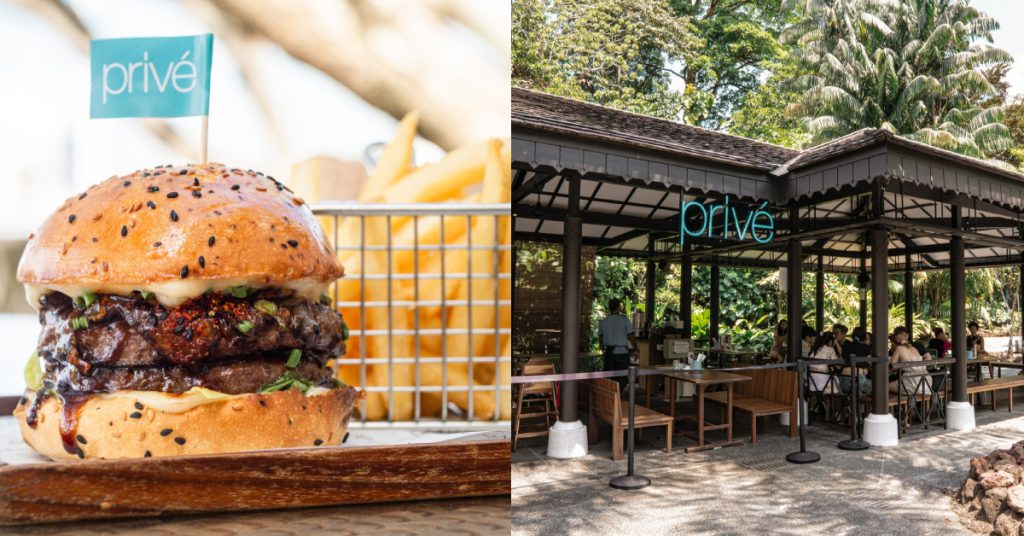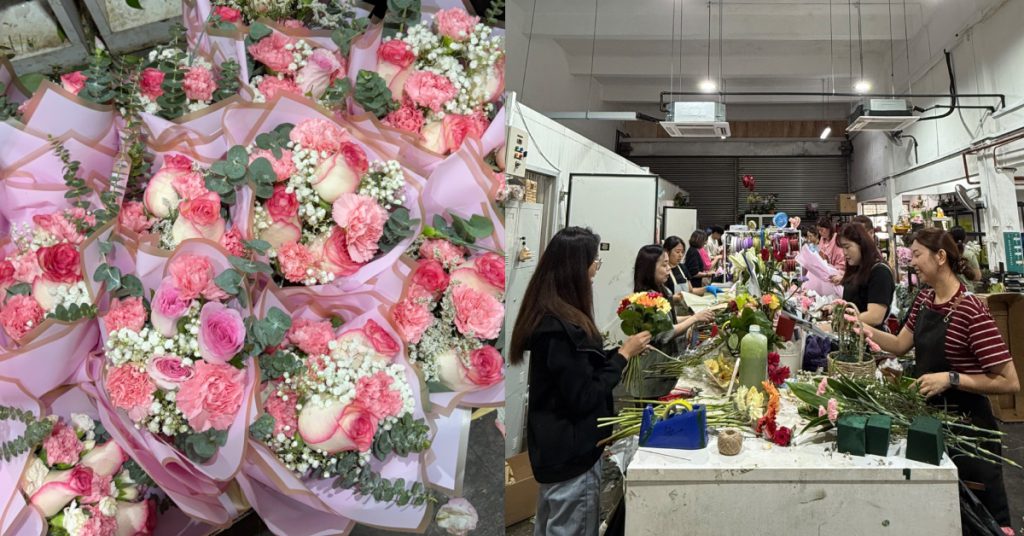It’s tough work making any business profitable, much less a social enterprise.
Despite this challenge, Edible Garden City (EGC) has recorded a whopping S$1.4 million in revenue in 2018, which later skyrocketed to S$1.7 million in 2019, the highest since the company’s inception.
For an urban farm which launched with just S$10,000 in initial capital eight years ago, that’s an impressive feat.
Launched by Bjorn Low, a former advertiser-turned-urban farmer, the social enterprise has been planting edible greens across Singapore’s cityscape for close to a decade.
“Broadly, our key social goal is to support all Singaporeans grow their own food; to heal the mind, body and soul as well as the environment,” says Sarah Rodrigruez, EGC’s head of marketing.
“When we started EGC in 2012, urban farming was still very much under the radar. Now, Singaporeans have become much more aware of the local agriculture industry. They are more aware of the produce we can grow, how we can grow them in our climate, where our farms are and who our farmers are.”
Why He Chose To Be An Urban Farmer
Running an urban farm takes a lot of work.
Bjorn spends his days in back-to-back meetings to check in with different teams, meeting collaborators and other farmers.

“But whenever I have any spare time, I usually make a beeline for the garden,” says Bjorn. “It’s also nice to come back to the farm on the weekends to do a little gardening.”
Bjorn fell in love with farming and agriculture when he was working as an advertising executive in Britain.
After a decade-long career in one of the world’s most fast-paced industries, the he decided to take a hiatus, which culminated in a four-year-long journey travelling across Europe and Japan.
During that time, Bjorn worked on organic farms and even considered acquiring a farm of his own at one point. However, it was only when he retuned home to Singapore in 2012 did he decide to launch his urban farming enterprise.
It’s a surprising career choice, given Singapore’s urbanised cityscape and limited land space, but Bjorn is committed to his mission.
“In Singapore, not many people have had the privilege of visiting farms, so they don’t have the connection to their food source,” he explains.
“And we also have to understand that not everyone is interested in urban farming, in gardening, or in sustainability topics. Yet, we all have a part to play.”
Building A Million-Dollar Farming Business
EGC is best known for its urban gardens, with over 200 installed around Singapore within just seven years. This includes buildings like Marina Bay Sands, Resort World Sentosa, and Raffles City’s rooftop.

The social enterprise has also launched their “proudest initiative yet,” a Citizen Farm growing and distributing local produce out of a dilapidated abandoned prison at 60 Jalan Penjara.
It also employs the socially disadvantaged, working with the Autism Resource Centre and Down Syndrome Association of Singapore.
In addition to Citizen Farm, EGC has three production farms in Queenstown, Raffles City Shopping Centre and Funan, growing up to 50 varieties of vegetables, fruits and edible flowers.
EGC utilises a balance of agritech and natural farming methods to grow produce. According to Sarah, natural farming is the most sustainable way of farming as it keeps the soil productive for future generations.
Tech is only used selectively to grow crops that require more care and control and overcome limitations like space or climate, she added.
This includes vegetables like kale or komatsuna (Japanese mustard spinach), which are grown in indoor-climate controlled environments with stacked growing points.
Get Local Produce Delivered To Your Doorsteps
Citizen Farm’s produce is sold directly to individuals and businesses. Over 40 local restaurants and bars, including Labyrinth, CandleNut and Chef’s Table derive their ingredients from Citizen Farm.
Their produce is even infused into Spa Esprit’s skincare products.
Individuals can buy a Citizen Box brimming with local produce directly from the farm.
A 12-week subscription costs S$470.80 (whittles down to about S$39 per week), providing you with a vast variety of freshly-grown local veggies ranging from Okinawa Spinach and Red Mustard Frills to Bok Choy, Kailan and more.

“Besides growing food and building gardens, we have expanded into offering tours and workshops, as well as growing kits and even lifestyle products,” Sarah says.
“Over the years, we have understood the importance of a diversified business model that focuses not only on food production, but that also actively aims to build awareness of local farming in Singapore.”
In the near future, EGC will be exploring therapeutic horticulture to help alleviate social issues faced by Singapore’s fast-ageing population.
“Gardening has incredible physical, mental and emotional benefits, and has been scientifically proven to improve the health and well-being of everyone from stressed-out office workers to the elderly,” she added.
Hitting Singapore’s “30 By 30” Goals
Singapore has launched an initiative to increase the portion of food supplied locally to 30 per cent by 2030.
The pandemic has only catalysed the initiative, with the government announcing a S$30 million investment into local farms in April earlier this year, and EGC will be among the key players working towards these objectives.
“The government and industry are collectively aiming for 30 by 30, and that is a realistic goal that we are optimistic about hitting,” says Sarah.
“More Singaporeans are supporting local agriculture and choosing to buy local produce over imported varieties. For urban farming to thrive in Singapore, Singaporeans need to appreciate its importance. This would lead to demand for local produce, a strong workforce, and increased investments to the sector.”

Currently, there remains under-utilised pockets of green space that could be activated as farms. In Singapore, we need to first “maximise our space, talent and capabilities.”
“Technology has advanced so much that capabilities-wise, we could probably grow any crop here in Singapore.”
“(But) the goal should not be to produce 100 per cent of our food locally, but to allocate the optimal amount of resources to grow a comfortable amount locally, while diversifying imports.”
Grow What You Want To Eat
One of EGC’s goals is to teach Singaporeans how to grow their own produce.
The main goal is to grow produce that you like to eat, says Sarah. The second tip is to grow produce that does well in the conditions you have.
“For instance, if you don’t enjoy eating lady’s fingers, don’t grow it because you won’t be as motivated to care for it, and you won’t enjoy the harvests as much too.”
Then, consider where your plant is growing, access factors like the amount of sunlight your plant will receive, and how often you can water it. This helps to narrow down your choices.
“Besides lady’s fingers, mints, spinaches, tomatoes, eggplants, cucumbers, pumpkins, bak choy and kai lan are just the tip of the iceberg in terms of what can do well in our climate,” Sarah elaborates.
“Every Singaporean can do our part to help Singapore become more food resilient,” she continues.
“These efforts are not limited to buying local produce or having their own herb garden; it could be by volunteering, reducing food waste, or even patronising eateries that buy from local farmers.”
“We hope to help each individual find their own way of contributing.”
Featured Image Credit: Epicure Asia


